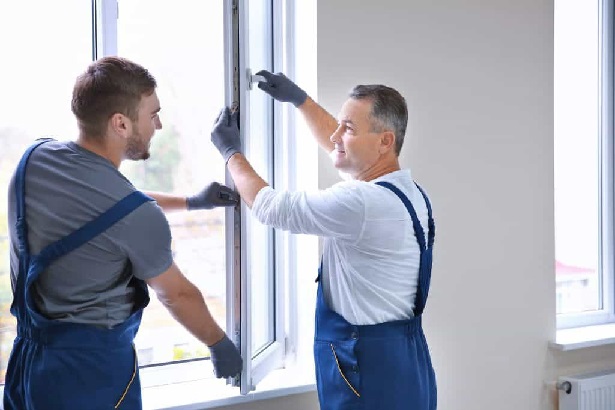As technology continues to shape the way we live, the quest for sustainable living takes center stage in our homes. Among the myriad avenues to enhance energy efficiency, replacing conventional windows with energy-efficient alternatives emerges as a transformative step. This article delves into the world of energy efficient window replacement as suggested by Maverick Windows, exploring not only the technologies behind it but also guiding homeowners on making informed choices that align with both environmental concerns and economic considerations.
Introduction
In the realm of home efficiency, windows play a pivotal role in regulating temperature, controlling light, and influencing overall comfort. While energy-efficient practices have become synonymous with modern living, the impact of windows often remains underestimated. This section provides a concise overview of why energy-efficient windows matter, setting the stage for a detailed exploration.
Understanding Energy-Efficient Window Technologies
A. Low-E Glass Coatings
Low-E (Low Emissivity) glass coatings stand as the vanguard of energy-efficient window technologies. Functioning as a microscopic barrier, these coatings control the transfer of heat, reflecting it back into the living space while allowing ample natural light. The interplay between this coating and solar heat gain not only optimizes indoor temperatures but also promises long-term energy savings, making it a worthwhile investment.
B. Gas Fills and Insulation
Beyond coatings, the infusion of inert gasses like Argon or Krypton between window panes significantly enhances insulation. Understanding the nuanced benefits of these gasses, from improving thermal performance to minimizing condensation risks, is essential. This subheading unravels the science behind gas-filled windows, providing homeowners with the knowledge to choose the most suitable option for their needs.
C. Frame Materials and Design
The choice of window frame materials extends beyond aesthetic preferences, influencing both durability and insulation. This section navigates through the landscape of frame materials, from traditional wood to modern composites, illuminating the impact of each on energy efficiency. Striking a balance between design preferences and optimal efficiency becomes an art, ensuring that the frame complements the window’s overall performance.
Choosing the Right Energy-Efficient Windows for Your Home
A. Assessing Climate and Environmental Factors
Not all windows are created equal, and their efficiency is profoundly influenced by local climate conditions. This subheading guides homeowners through the process of aligning window choices with climate zones. It delves into the significance of Solar Heat Gain Coefficient (SHGC), emphasizing the need for tailored solutions that consider the unique environmental challenges each home faces.
B. Understanding Energy Ratings and Labels
Deciphering the alphabet soup of energy ratings can be daunting for homeowners. From ENERGY STAR® certification to U-Factor and R-Value, this section demystifies the terminology. Armed with this knowledge, homeowners can confidently interpret NFRC labels, ensuring that their chosen windows meet the desired energy efficiency standards.
C. Cost-Benefit Analysis
While the upfront cost of energy-efficient windows may give pause, this subheading encourages homeowners to view the investment through a long-term lens. Beyond financial considerations, the article explores available incentives and rebates, emphasizing the environmental impact of sustainable choices. It serves as a call to action for homeowners to embrace not just a window replacement but a conscious investment in the future.
The Installation Process: Ensuring Maximum Efficiency
A. Professional Assessment and Measurement
Efficiency begins with precision. This subheading underscores the importance of professional assessment and accurate measurements during the installation process. Proper sizing, combined with addressing existing structural issues, ensures a seamless integration of energy-efficient windows, maximizing their performance.
B. Sealing and Insulation Techniques
Installing energy-efficient windows is not a one-time task but an ongoing process. Here, we explore the intricate techniques of sealing and insulation, from weather stripping to the application of sealants. Eliminating air leakage becomes a priority, contributing to the holistic thermal efficiency of the home.
C. Regular Maintenance for Prolonged Efficiency
Even the most advanced windows require care. This final subheading advocates for a proactive approach to maintenance. From routine cleaning and seal inspection to addressing issues promptly, homeowners can prolong the efficiency of their energy-efficient windows, ensuring a sustained impact over the years.
Conclusion
In concluding this exploration of energy efficient window replacement, it’s essential to recap the key considerations. Energy efficiency extends beyond technological advancements; it’s a conscious choice homeowners make to create a sustainable living environment. By embracing the insights provided in this article, homeowners can not only enhance their immediate living spaces but also contribute to a greener, more efficient future. As we look toward the horizon of sustainable living, energy-efficient window replacement stands as a tangible and impactful step in the right direction.



